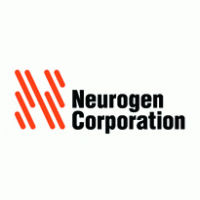Obesity, which is already pervasive throughout the world, endangers public health by raising the prevalence of metabolic disorders and making their treatment more difficult. The development of drugs to treat obesity is a focus of effort. Melanin concentrated hormone receptor 1 (MCHR1) is the target of some of these therapeutic possibilities since as increased levels of melanin concentrated hormone have been found in obesity models. Known MCHR1 antagonists include BMS-830216, GW-856464, NGD-4715, ALB-127158, and AMG 076, but many have failed phase-I clinical studies. As a potential treatment for cardiotoxicity, KRX-104130 has only recently been identified. As MCH system is potentially effective target for treatment of obesity, in silico research into interaction between MCHR1 and its antagonists at molecular level was the primary goal of this study. Analogues ALB-127158 and KRX-104130 were screened among the RealEnamine library. The complexes obtained by molecular docking were embedded in mimics brain-cell membrane and simulated for 540 ns, and then MM-GBSA were calculated with MMPBSA.py. With all these computational studies, similar or different aspects of selected analogous compounds to ALB-127158 and KRX-104130 were investigated. The specificity of this study was that it analyzed MCHR1 protein as embedded in membrane. It was concluded that KRX-104130's analogue Z1922310273 and ALB-127158's analogue PV-002757495233 did not cause a difference in terms of phospholipid membrane properties. In addition, all ligands remained stable in putative binding site. It has been suggested that PV-002757495233 and Z1922310273 compounds can be evaluated as MCHR1 antagonists when all these outputs are considered in melting pots.







